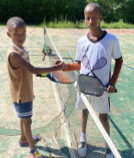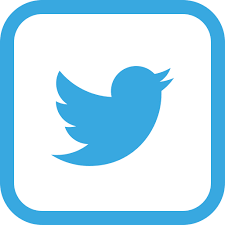Arduino Projects Book
Faster downloadPublished Year: 2012

Language: en
Details: The text of the arduino projects book is licensed under a Creative Commons attribution-noncommercial-sharealike 3.0 license 2012 by Arduino LLC. This means that you can copy, reuse, adapt and build upon the text of this book non commercially while attributing the original work.
Summary: Everyone, every day, uses technology. Most of us leave the programming to engineers because we think coding and electronics are complicated and difficult; actually, they can be fun and exciting activities. Thanks to Arduino, designers, artists, hobbyists and students of all ages are learning to create things that light up, move, and respond to people, animals, plants, and the rest of the world. Over the years Arduino has been used as the “brain” in thousands of projects, one more creative than the last. A worldwide community of makers has gathered around this open-source platform, moving from personal computing to personal fabrication, and contributing to a new world of participation, cooperation and sharing. Arduino is open and simple. It’s founded on lessons we’ve learned teaching our own classes: if you start with the assumption that learning to make digital technologies is simple and accessible, you can make it so. Suddenly electronics and code become creative tools that anyone can use – like brushes and paint. This book walks you through the basics in a hands-on way, with creative projects you build by learning. Once you’ve mastered the basics, you’ll have a palette of software and circuits that you can use to create something beautiful, and make someone smile with what you invent. Arduino makes it as easy as possible to program tiny computers called microcontrollers, which are what make objects interactive. You are surrounded by dozens of them every day: they are embedded in timers, thermostats, toys, remote controls, microwave ovens, even some toothbrushes. They just do one specific task, and if you hardly notice them – which is often the case – it’s because they are doing it well. They have been programmed to sense and control activity using sensors and actuators. Sensors listen to the physical world. They convert energy that you give off when you press buttons, or wave your arms, or shout, into electrical signals. Buttons and knobs are sensors that you touch with your fingers, but there are many other kinds of sensors. Actuators take action in the physical world. They convert electrical energy back into physical energy, like light and heat and movement. Microcontrollers listen to sensors and talk to actuators. They decide what to do based on a program that you write.







